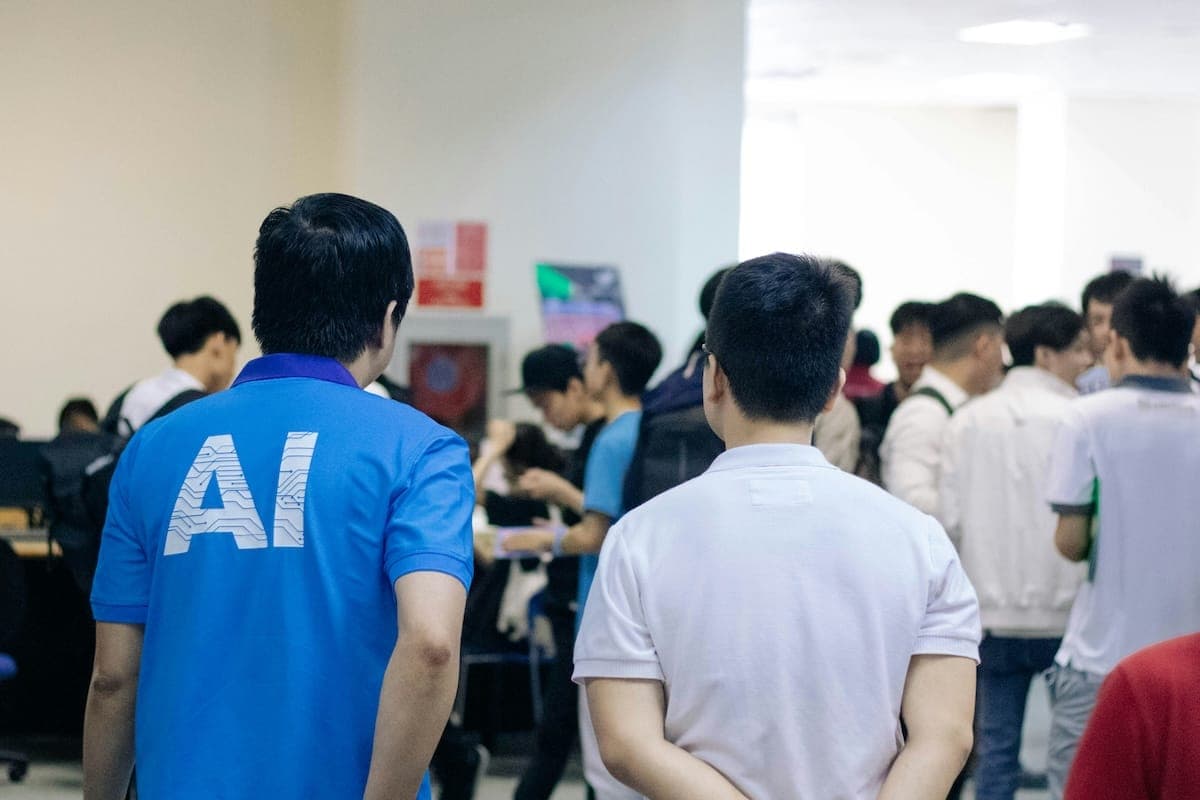In the rapidly evolving landscape of education, Artificial Intelligence (AI) is emerging as a powerful tool to enhance teaching and learning experiences. This guide provides teachers with practical insights on incorporating AI into their classrooms, highlighting some of the most useful tools available today.
Understanding AI in Education
AI in education refers to the use of intelligent computer systems that perform tasks requiring human intelligence. These systems can adapt to individual student needs, automate administrative tasks, and provide valuable insights to educators.
Benefits of AI in the Classroom
- Personalized Learning: AI can tailor content to individual student needs and learning paces.
- Automated Grading: Saves time on routine grading tasks.
- Intelligent Tutoring Systems: Offer students one-on-one support.
- Data-Driven Insights: Helps teachers identify areas where students need additional support.
- Enhanced Accessibility: Assists students with special needs through adaptive technologies.
Implementing AI in Your Classroom
- Start Small – Begin with one AI tool and gradually incorporate others.
- Provide Training – Ensure both you and your students understand how to use the AI tools effectively.
- Use AI as a Supplement – AI should enhance, not replace, traditional teaching methods.
- Monitor and Evaluate – Regularly assess the impact of AI tools on student learning outcomes.
- Stay Informed – Keep up with the latest developments in AI for education.
Practical AI Tools for Teachers
1. Kuraplan
Kuraplan is an innovative AI-powered platform designed specifically for educators. It offers:
- Personalized lesson plan generation: saves time and sparks creativity
- Curriculum alignment: ensures all generated content meets educational standards
- Customization options: tailor plans to your teaching style and classroom dynamics
- Time-saving: automates lesson planning so you can focus on delivery
- Adaptability: evolves with your curriculum and educational goals
2. Grammarly
Grammarly uses AI to check grammar, spelling, and writing style. Key features include:
- Real-time writing suggestions
- Vocabulary enhancement
- Tone detection for appropriate communication
- Plagiarism checking
How it helps: Improves students’ writing skills and supports consistent, quick feedback.
3. Duolingo
Duolingo is an AI-powered language learning app that adapts to each student’s proficiency level, offering:
- Personalized lesson plans
- Speech recognition
- Adaptive testing
- Gamification to boost engagement
How it helps: Supplements language classes with adaptive practice and motivation.
4. Carnegie Learning
An AI-driven math learning solution featuring:
- Personalized learning pathways
- Real-time feedback on problem-solving
- Detailed analytics
- Classroom integration
How it helps: Supports differentiated math instruction and highlights student struggle areas.
5. Century Tech
An adaptive learning platform that offers:
- AI-powered content recommendations
- Automated formative assessment marking
- Detailed analytics
- Cross-curricular content library
How it helps: Streamlines planning and grading while delivering tailored learning experiences.
Addressing Concerns About AI in Education
1. Job Displacement
- Concern: AI might replace teachers.
- Response: AI assists with routine tasks, freeing teachers to focus on personalized instruction and emotional support.
2. Data Privacy and Security
- Concern: Student data collection and usage.
- Response:
- Use tools compliant with GDPR, FERPA, etc.
- Understand and communicate data policies.
- Involve IT teams in tool vetting.
3. Overreliance on Technology
- Concern: Students becoming dependent on AI.
- Response: Combine AI-assisted learning with traditional methods to maintain a balanced skillset.
4. Bias in AI Systems
- Concern: AI perpetuating biases.
- Response:
- Use reputable, bias-aware tools.
- Review AI content for fairness and accuracy.
5. Cost and Accessibility
- Concern: Affordability and access in schools.
- Response:
- Start with free or low-cost tools.
- Demonstrate benefits to secure funding.
- Explore grants and partnerships.
Easing Concerns: Best Practices
- Transparency – Clearly communicate why and how AI is used.
- Professional Development – Train teachers on effective AI usage.
- Continuous Evaluation – Monitor student outcomes and adjust usage.
- Involve Stakeholders – Include teachers, parents, and administrators in decisions.
- Ethical Guidelines – Establish clear policies for AI usage in your school.
Conclusion
AI is revolutionizing education by personalizing learning and freeing teachers to focus on student interaction. Tools like Kuraplan, Grammarly, Duolingo, Carnegie Learning, and Century Tech offer a solid starting point. As AI continues to develop, so will its classroom applications—opening exciting new opportunities for both teachers and students.
By proactively addressing concerns and implementing AI thoughtfully, educators can empower their teaching practice. Remember: AI is here to support teachers, not replace them, enabling more meaningful and creative work in the classroom.
